Major Instruments
"Biotechnology relies on a variety of instruments and tools to manipulate biological systems and processes."
At Sasi bioprospecting labaoratory, we pride ourselves on utilizing state-of-the-art biotechnology equipment to drive innovation and efficiency in our research and development processes. Here’s a look at our key equipment and their applications:
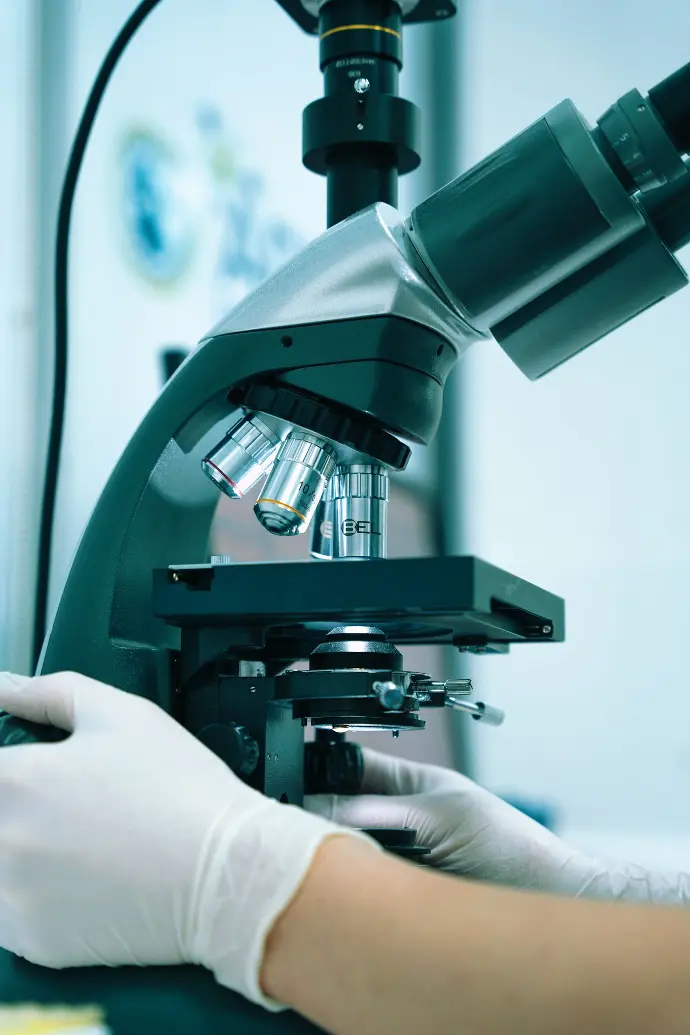
Microscope
A microscope is an
instrument that is used to magnify small objects. Some microscopes can even be
used to observe an object at the cellular level, allowing scientists to see the
shape of a cell, its nucleus, mitochondria, and other organelles.
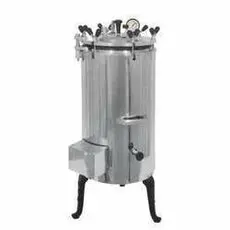
Autoclave
Autoclaves are also known as steam sterilizers Autoclaves are also known as steam sterilizers
Autoclaves operate at high temperature and pressure in order to kill microorganisms and spores. They are used to decontaminate certain biological waste and sterilize media, instruments and lab ware.
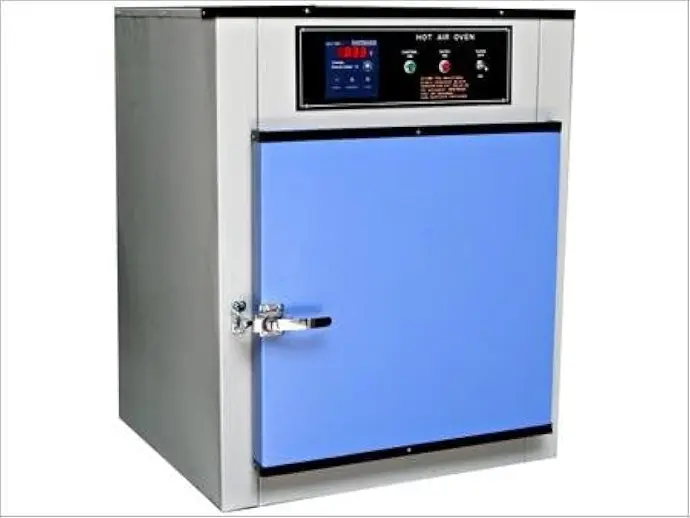
Hot Air Oven
Hot air ovens are used for testing food products, pharmaceutical items, and other consumable materials to check their temperature stability during the shelf life. Hot Air Oven plays a significant role in the sterilization process as it is also known as Hot Sterilizer
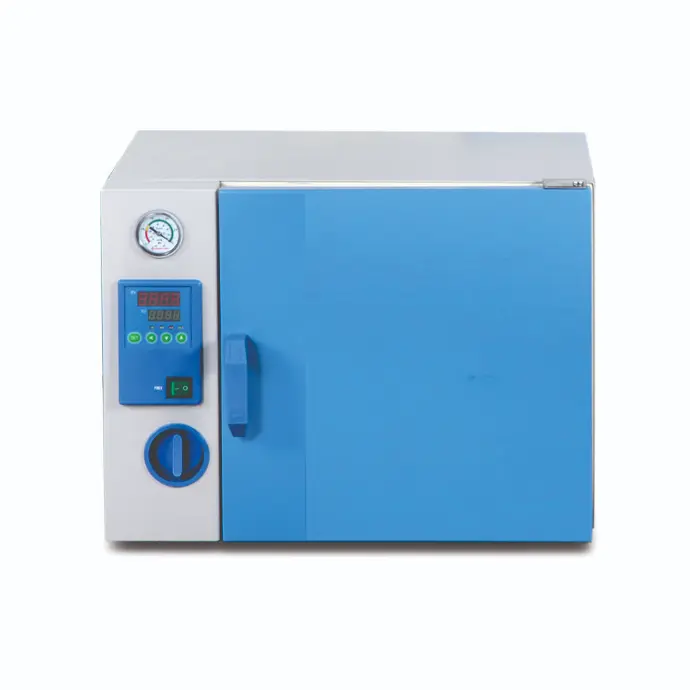
Heating Incubator
Incubator is most commonly used equipment in cell culture, tissue culture, biochemical studies, food processing, haematological studies, fermentation studies etc. It also finds application in study of tissue culture.
Recently advanced technology made it possible to use incubator in genetic engineering.
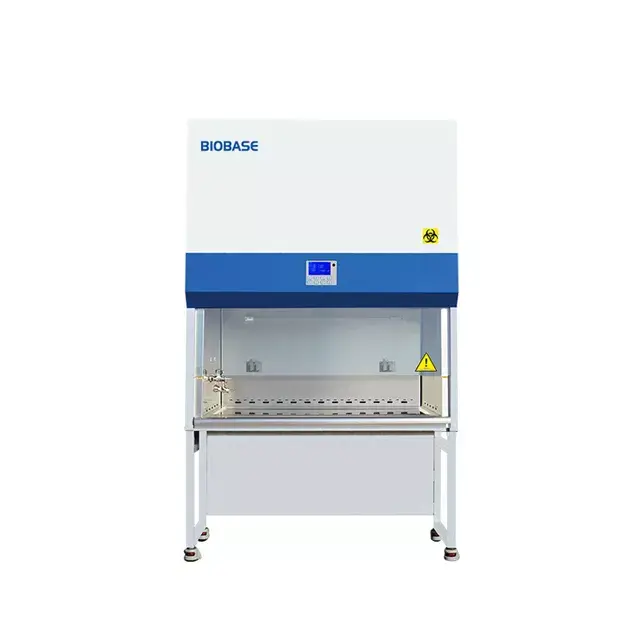
Biological Safety Cabinet
A Biological Safety Cabinet is a ventilated enclosure offering protection to the user, the product and the environment from aerosols arising from the handling of potentially hazardous micro-organisms. The continuous airflow is discharged to the atmosphere via a HEPA filter.
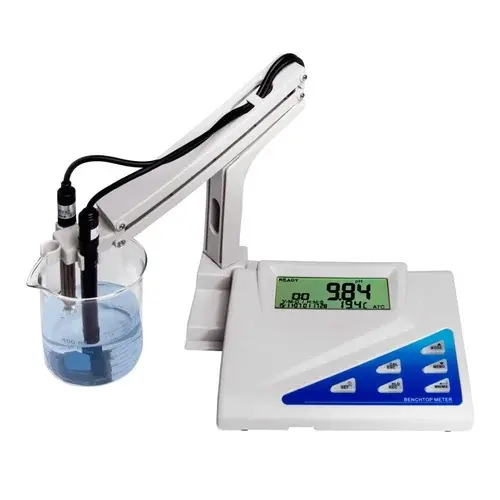
pH Meter
A pH meter is an instrument used to measure hydrogen ion activity in solutions - in other words, this instrument measures acidity/alkalinity of a solution. The degree of hydrogen ion activity is ultimately expressed as pH level, which generally ranges from 1 to 14.
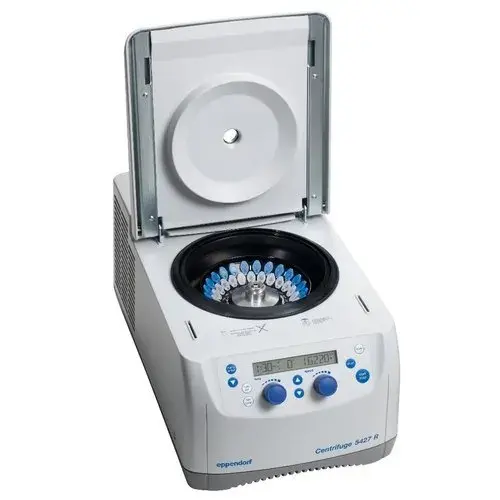
Cooling Centrifuge
Centrifuges provide continual force to specimens to separate fluid components. Spinning the fluid at high speed in a container separates liquids from solids or cream from milk. It radiates denser particles. Lighter objects go to the centre. Radial acceleration in a laboratory centrifuge causes denser particles to sink. A centrifuge may filter fluid contaminants.
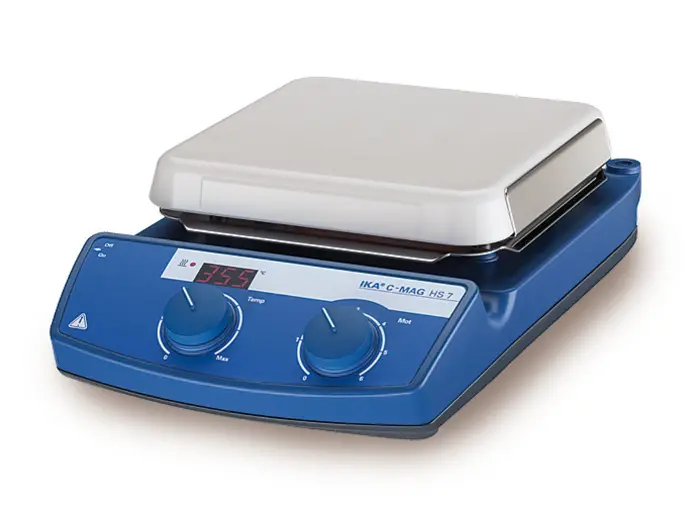
Magnetic Stirrer
A magnetic stirrer uses a rotating magnetic field from a rotating magnet or stationary electromagnet to spin a stirrer bar in a liquid to swiftly mix the solution. Richard Stringham of Utah patented the first magnetic stirrer in 1917. Modern magnetic stirrers use electric motors to spin the magnets. A magnetic stirring system usually has a connected liquid heating system. Magnetic stirrers can stir low-viscosity volumes. To avoid magnetic field interference, use stirrers with glass or non-metallic beakers. Stirring in academics, business, agriculture, health care, homebrewing, etc. is good.
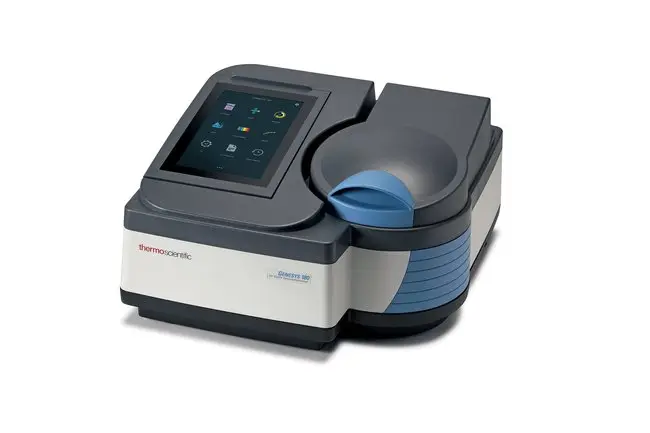
Spectrophotometer Genesys650
Mass spectrometry measures mass-to-charge values, while
absorption spectrometry measures wavelengths like nuclear magnetic radiation or
infrared. Spectrophotometers measure light intensity, not mass. Spectrometers
measure sample-interacting light wavelengths. A sample's light interaction reflected,
absorbed, or transmitted is unique. Spectrometers measure this change (or at a
specific wavelength).
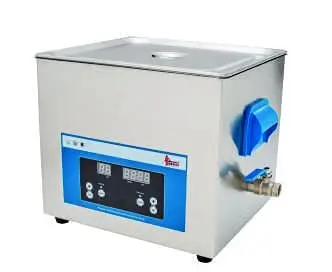
Ultrasonicator-LMUC-6
Sonication agitates sample particles in an ultrasonic bath or probe. Academic, clinical, and forensic labs use ultrasonicators to destroy cells, germs, spores, and tissue. Sonication accelerates enzymatic and chemical processes, enhances bacterial activity, breaks DNA, homogenises "immiscible" liquids, and removes dissolved gases from liquids under vacuum. Disruption can be continuous or pulsed, and models can be computer-interfaced or remotely accessible. Sonicators operate above hearing to protect people. Automated sonotrode length and amplitude/time control provide repeatability.
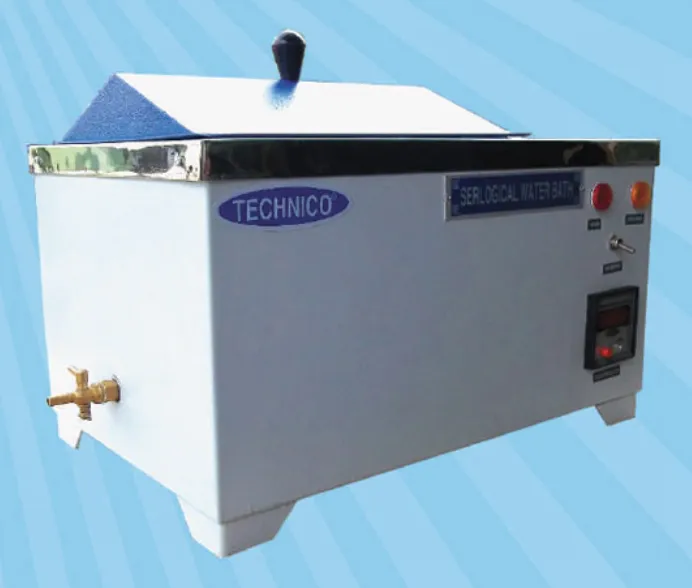
Water bath -Technico
A water bath is a lab constant temperature equipment, providing heat source for varieties of devices that need heating. The circulating water bath is used to keep water at a constant temperature for incubating samples in a laboratory.
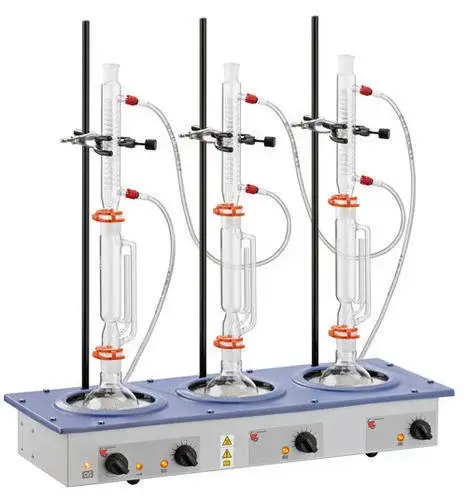
Soxhlet Apparatus
When the component and contaminants are insoluble in the solvent, the Soxhlet extractor is utilised for liquid-solid extractions. During extraction, solvent vapour condenses and drips down from the distillation channel, main chamber, and condenser. In the main chamber, the solvent dissolves the solid sample's desired component. The syphon empties the chamber when it's almost full, returning the solvent to the round bottom flask. The thimble contains insoluble impurities after each extraction.
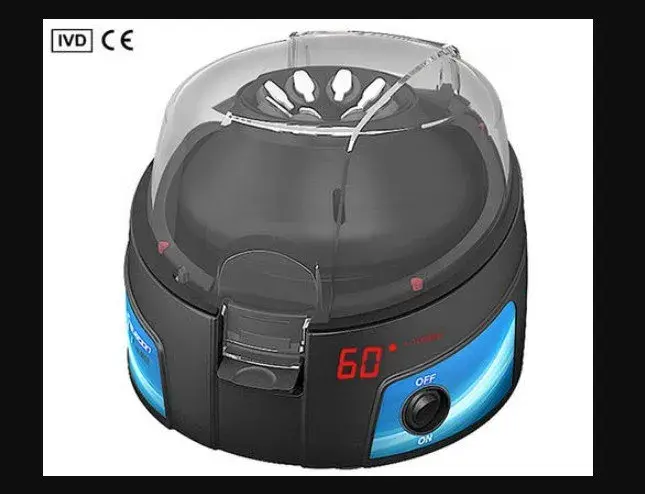
Micro Centrifuge M08
The centrifuge works on the principle of gravity and the generation of the centrifugal force to sediment different fractions. The rate of sedimentation depends on the applied centrifugal field (G) being directed radially outwards G depends on- Angular velocity (ω in radians/sec) Radial distance (r in cm) of the particle from the axis of rotation and G = ω2r.
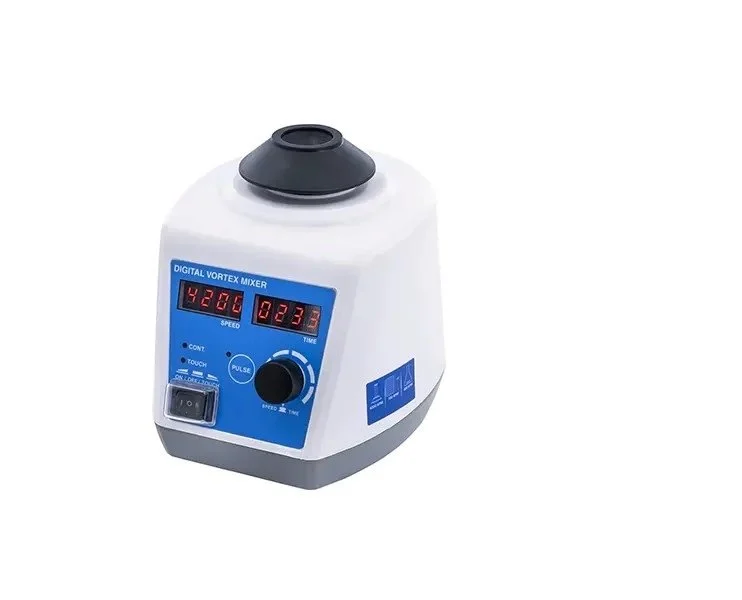
Vortex Shaker
Lab vortexers combine small vials of liquid. It uses an
electric motor with a vertical drive shaft and a cupped rubber component
off-center. The motor spins the rubber component in a circle. A test tube or
other appropriate container placed into the rubber cup or pressed to its edge
creates a vortex. Most vortex mixers have 2 or 4-plate designs, variable speed
settings from 100 to 3,200 rpm, and can spin continuously or just when the
rubber piece is depressed.
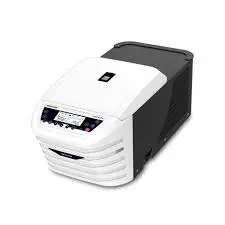
Cooling centrifuge Ifuge M24PR
Centrifuges
provide continual force to specimens to separate fluid components. Spinning the
fluid at high speed in a container separates liquids from solids or cream from
milk. It radiates denser particles. Lighter objects go to the centre. Radial
acceleration in a laboratory centrifuge causes denser particles to sink. A
centrifuge may filter fluid contaminants.

Weighing Balance
Mechanical balances are often triple beam balances like our TBB. The balance doesn't alter, but adding beams
increases precision. Triple beam balances act like the double pan balance you
generally think of when you hear "balance". They're unaffected by
gravity since they compare known masses to unknown masses.